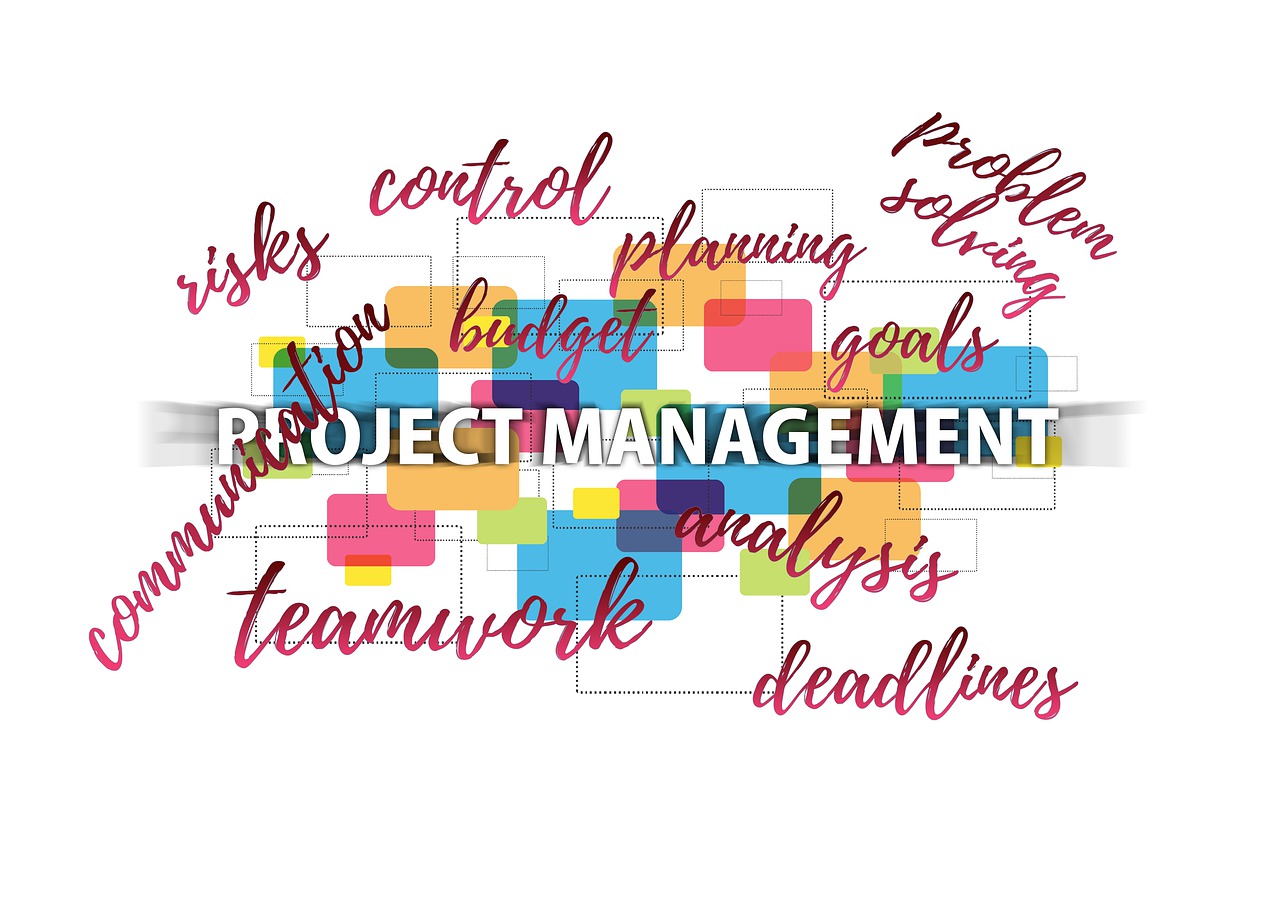
Having been fortunate to lead some very large multi-year cross-functional Programs and having gotten feedback from management, peers & team that I might have survived some of the tough programs, I thought I will share some PM leadership traits/elements that I value, and would love to get your thoughts/comments/suggestions to better this role.
- What is your style of leadership – Once your are named the PM of a shining new program which is critical for your company’s next breakthrough, do you assume the role of leading and guiding the team to success (as you were chosen by the Execs for your solid skills) or you look at your new role as something to be earned over time, by serving your team. So do you assume command and start issuing guidances on best PM practices, about meeting cadence, frequency, status reports et all or focus on understanding the team and making them feel that you are here to learn from them and support them.
- Thinking ahead – Are you typically several steps ahead of your team on critical focus areas/next steps of the program or do you rely on team updates to highlight things for you. Thinking ahead is something that needs to be internalized and a good measure (according to leadership books) is that anytime you feel your knowledge level is just at par with team’s level of knowledge (or you are struggling to catch-up in meetings), you are not leading but managing.
- Team leadership – How do you earn your leadership badge and status? John Maxwell, an established author on leadership books, mentions that everyone has to go through few levels of leadership to earn it. Level 0 is purely positional and then you earn individual trust and graduate to team trust and only then you graduate to be an unchallenged & fearless leader for your team.
- How do you take feedback ? – How often do you take peer feedback. Do you take direct feedback, anonymous surveys or never have time for feedbacks, as you are always busy fire-fighting. One interesting approach is the ‘upside-down’ approach, where you start with mentioning one of your improvement areas and ask for feedback from team & peers. This lowers the defenses and people freely share.
- Team building – How much time and money do you budget for team building activities. As is common knowledge that a team performs multiple times better than a bunch of talented individuals. Do you take sincere efforts to iron out ego’s in team and can sense that the team is enjoying the work. Team building does not always mean a Friday drinking get-together and many folks may have kids & family to attend to.
- What is your program status update style – Summarize all key activities and share an update/newsletter/report, so that everyone knows who is the key driver ‘behind the scenes’ or from your report people get to know the stars in your team. Do you crave for limelight, attention & appreciation or let that come your way.
- Industry leading practices – Do you have time to network outside your immediate work circle. Is there at least a quarterly. meeting where comparisons between your program and anything similar in industry are talked about/highlighted. If you are not growing personally and professionally, then it is time for change.
- Finally..Focus on business outcome/goals – From the time a plane takes off, it could be off course 99% of the time. Do you have an Air Traffic control system that you are connected with. Are you testing waters/taking market feedback and adjusting course or a change gets handed to you after key discussions are over. How is your interaction with stakeholders – you are known to be at your best when you try to maintain harmony or can risk other labels tagged to you. Remember if you never fail and always just deliver what is assigned to you, you have perhaps played it safe all along.
